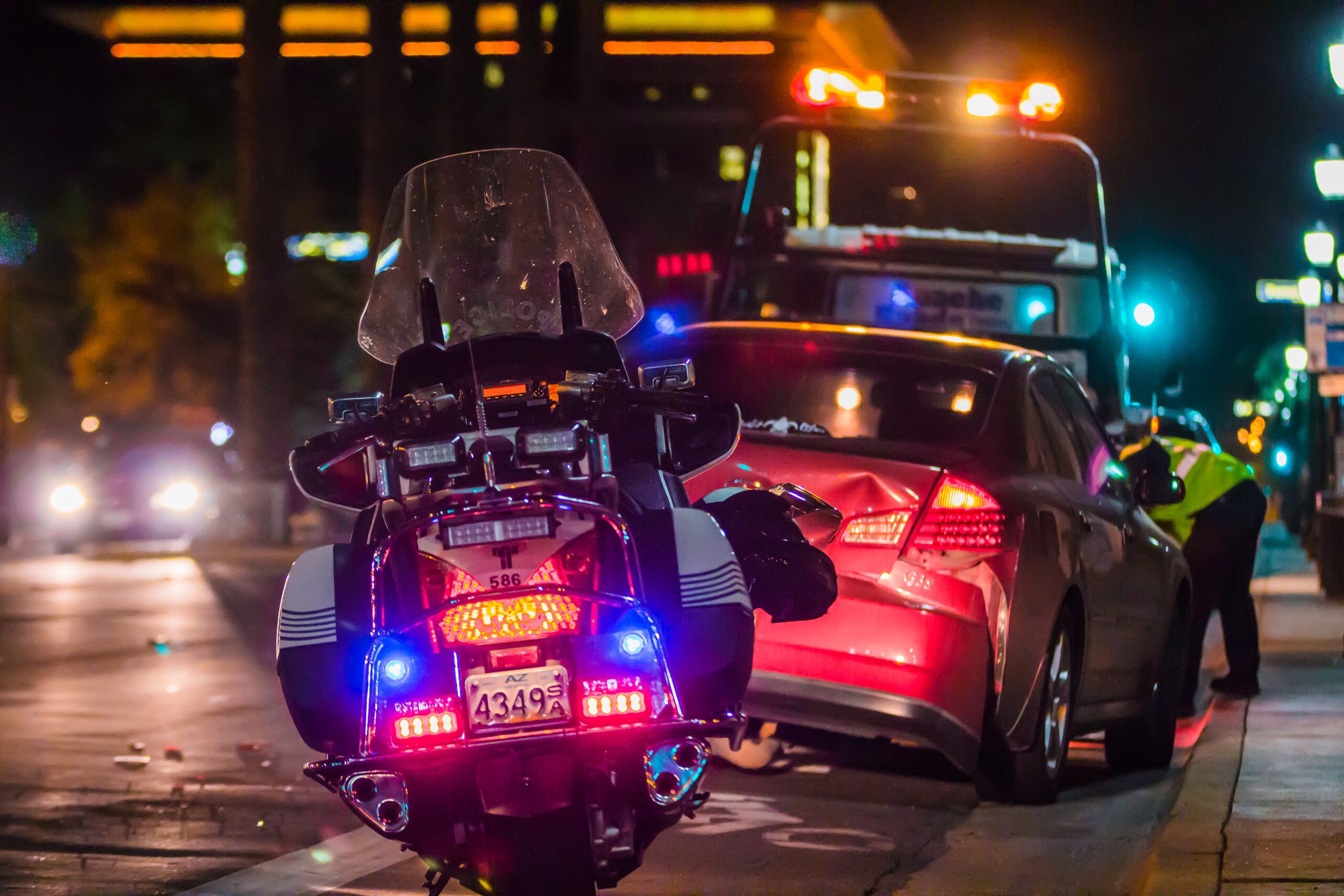If you have sustained physical injuries due to a car accident, you can demand compensation for all the costs incurred, including medical expenses, vehicle repair, lost wages, and pain and suffering during recovery. A personal injury case hinges on who is at fault in a car accident, and the liable party responsible for the aforementioned costs. However, determining the liable party is not as simple as it sounds.
By definition, most car accidents are just that—accidents. Depending on the circumstances, it can be difficult to prove fault, especially when there are conflicting stories or if one party refuses to accept responsibility. When car accident claims lead to lawsuits, the most important thing you need to prove is that the other driver was at fault. Here are some of the best ways to do it:
1. Consult Local Traffic Laws
An effective way to prove fault against the other party is to back up your compliance with all local traffic laws and regulations. Remember that the minutiae of traffic laws are not universal, so you need to look up the ones for your location.
Highlight instances where the opposing party clearly violated a local traffic law. Traffic camera recordings and eyewitness reports are two of your most essential resources when trying to prove fault. Simple violations such as speeding, failure to yield, running a stop sign or red light can be very easy to prove if properly documented.
2. Access Police Reports
Local law enforcement members usually come to take statements after car accidents, especially if someone has been injured. If the responding officer was at the scene to interview you and the other party, they are obliged to file a written accident report. This contains a summary of the accident and a rundown of what traffic violations were incurred. Their report may even state their professional opinion about which party violated a traffic law, causing the accident.
Regardless of the specific contents of the police report, it is an important document that may support your claim. You can track down the report via the traffic division of your local law enforcement agency, or your accident lawyer can help find it for you.
3. File A “No-Doubt” Liability Claim
There are two types of traffic accidents wherein the other driver is at fault nearly 100% of the time: rear-end collisions and left-turn accidents.
If your vehicle is hit from behind, you are not at fault, no matter why you stopped. One of the primary, universal rules of the road is that every driver should be able to stop their vehicle if someone is stopped in front of them. Of course, your compensation claim will be reduced if your tail lights were out or if you did not move your vehicle off-road after experiencing mechanical problems.
The vehicle making a left turn is nearly always liable in a collision with a car going straight ahead. Of course, the exceptions to this are if the vehicle going straight went through a red light or disobeyed speed limits.
Conclusion
Your car accident claim largely depends on your ability to prove that the other party is responsible for the accident. You can do this by collecting evidence that shows how the other driver violated local traffic violations, causing the crash. If you’re having difficulties collecting evidence, an experienced car accident attorney can help you with every step of this process.
If you or a loved one has suffered an injury due to a car accident, Ronemus & Vilensky are highly experienced NYC accident lawyers that can help you recover the damages owed to you. Our experienced lawyers provide complimentary initial consultations for accident victims. Contact us today!
